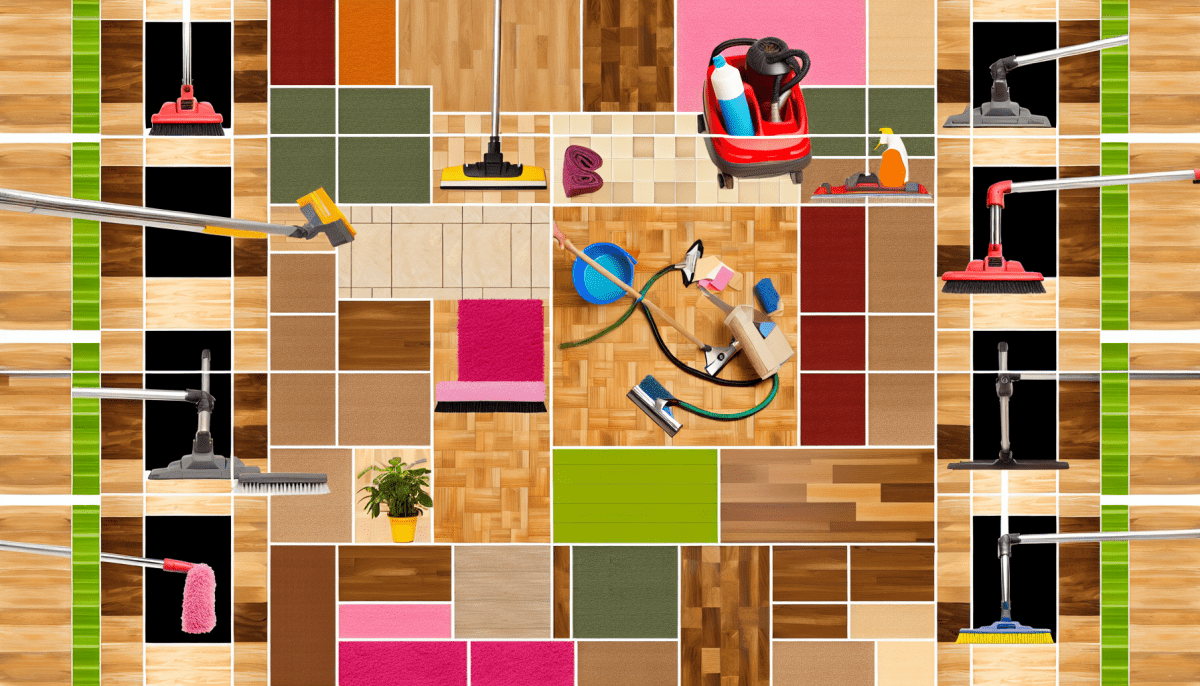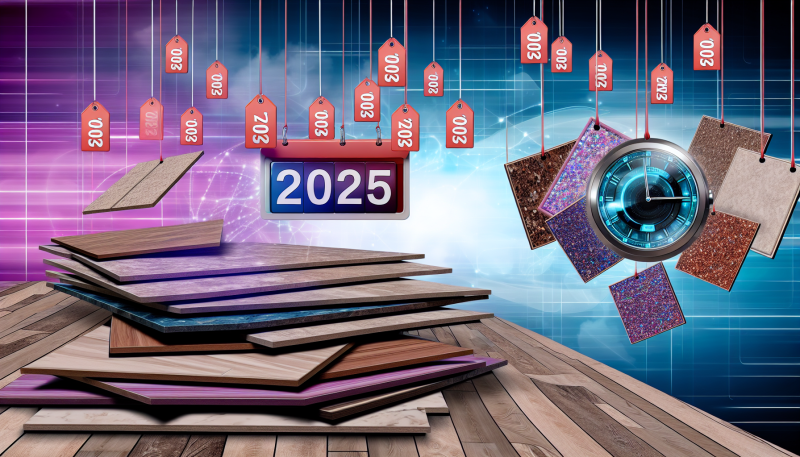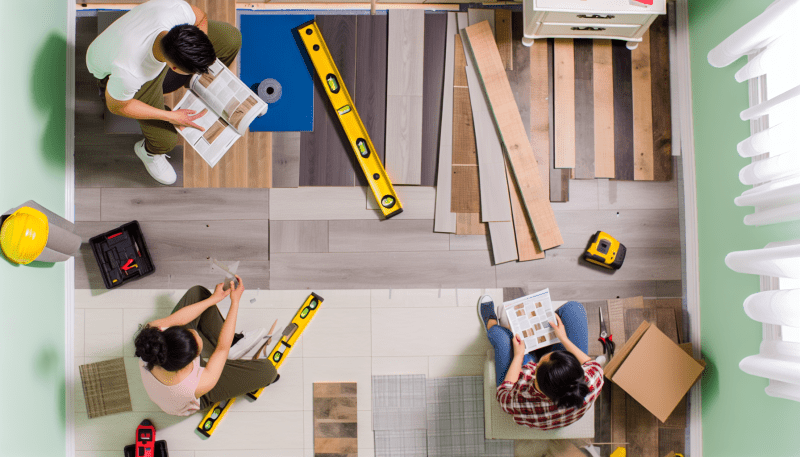Keeping your floors looking great doesn't have to be a chore! With just a few simple tips, you can ensure your floors stay in tip-top shape. Here’s a quick flooring maintenance guide to help you out:
By following this flooring maintenance guide, you'll not only keep your floors looking sharp but also extend their lifespan. A little consistent effort goes a long way!
Best Cleaning Methods for Each Flooring Type
When it comes to keeping your floors looking great, different flooring types have their own best cleaning methods. In this flooring maintenance guide, I’ll break down the best ways to care for your hardwood, tile, carpet, and laminate flooring. Let’s jump right in!
Hardwood Floors
Hardwood floors are beautiful and timeless, but they need special care. To clean them:
Tile Floors
Tile flooring is sturdy and easy to maintain. Here’s how to keep it looking shiny:
Carpet Floors
Carpets can trap dust and allergens, so regular cleaning is crucial:
Laminate Floors
Laminate floors are quite forgiving, but they still need some love:
By following these simple cleaning methods tailored to your flooring type, you can ensure they last longer and continue to make your space look fantastic. Keep this flooring maintenance guide handy for easy reference!
Seasonal Maintenance You Can’t Ignore
When it comes to keeping your floors looking great and lasting longer, seasonal maintenance is key. Don’t wait for signs of wear and tear to kick into gear. Instead, make it a habit to give your floors a little TLC throughout the year. This proactive approach will save you time and money in the long run!
During spring, take the opportunity to deep clean your floors. Dust, dirt, and allergens can build up over the winter months. A thorough cleaning not only improves the appearance but also helps to protect the finish. You might want to invest in a good cleaner that’s safe for your floor type—your flooring maintenance guide should have recommendations for that!
As summer rolls in, it's a good time to check for any repairs needed. Look for scratches or dents—these can become bigger issues if not handled early. Simple touch-up kits are available for many flooring types and are easy to use. Plus, keeping an eye on humidity can help prevent warping, especially with wood floors. A dehumidifier might be a smart addition to your home.
When fall arrives, consider applying a fresh coat of sealant if your floors require it. This extra layer of protection can go a long way in keeping your floors resistant to spills and stains. Finally, as winter approaches, make sure you have mats placed at entryways to catch dirt and moisture from outside. This little step is a big win for your floor’s longevity!
Trouble Signs and Fixes for Floors
Keeping an eye out for trouble signs in your floors is an important part of any flooring maintenance guide. Ignoring issues can lead to bigger problems down the line. Here are some common signs to watch for and quick fixes you can try.
1. Creaking or Squeaking Sounds:If your floors are making annoying sounds, it might be because of loose floorboards. Try sprinkling some talcum powder in the gaps and then walk on the area. This can often help reduce the noise.
2. Warping or Buckling:If you notice your floorboards are warping or buckling, it might be due to moisture. Use a dehumidifier to help reduce humidity levels in your home. For bad cases, you might need to replace the affected boards, so keep an eye on that!
3. Scratches and Dents:Minor scratches can be common, especially in high-traffic areas. For wooden floors, a simple touch-up with wood filler or markers can do wonders. For laminate or vinyl, there are specific repair kits that can help fix these little blemishes.
By being aware of these trouble signs and knowing how to address them, you’ll be on your way to a more effective flooring maintenance guide. Regular checks not only keep your floors looking good but also extend their life, saving you time and money in the long run!



